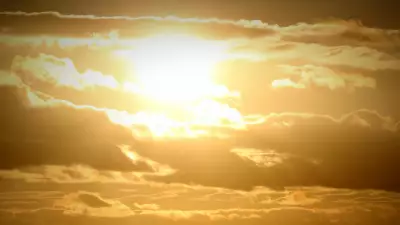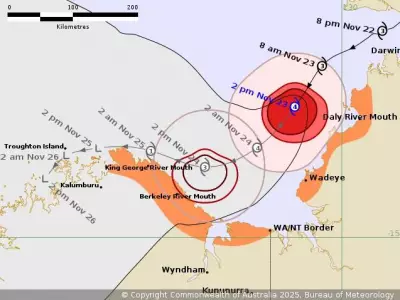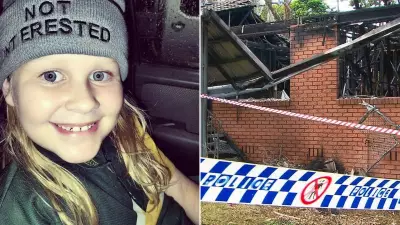
Authorities in Western Australia have launched an updated city-wide quarantine strategy for Perth, marking a significant shift in the battle against a devastating invasive pest. The move comes after the government conceded that eradicating the polyphagous shot-hole borer beetle is no longer feasible.
Updated Quarantine Strategy Takes Effect
The Department of Primary Industries and Regional Development (DPIRD) announced the new quarantine area, which will be split into two distinct zones. This update reflects a strategic pivot from all-out elimination to long-term management of the beetle, a stance the Invasive Species Council warns could endanger the rest of the country.
The quarantine zone now features an inner management zone, covering the core area of borer infestation, and an outer containment zone, where infestation levels are currently lower. The primary goal in the containment zone is to aggressively prune and remove infested trees to prevent the pest from spreading beyond Perth and into valuable horticultural regions.
A Tiny Beetle with a Massive Impact
Since its first detection in Fremantle in 2021, the sesame seed-sized polyphagous shot-hole borer has wreaked havoc on Perth's urban tree canopy. The beetle, native to South-East Asia, is believed to have hitchhiked to Australia on untreated wooden packaging.
The beetle tunnels into trees and farms a fungus, which blocks the flow of water and nutrients, slowly killing the host. With no proven chemical treatments available, the only way to stop the beetle from reproducing is through the physical removal of infested wood. This has led to the removal of thousands of trees in iconic locations like Hyde Park and Kings Park.
Community Partnership and Government Support
Under the new plan, responsibility for managing infested trees in the inner management zone falls to landholders, who will be supported by DPIRD's advice and training programs. However, for trees previously marked for removal during the eradication phase, landowners can still choose to have DPIRD remove them at no cost.
Restrictions on the movement of firewood, green waste, and untreated plant material remain strictly in place, as these are considered critical to protecting Western Australia's regional areas and agriculture industries.
To support the community, a new specialist team has been established, and an interactive map will be available on the DPIRD website to help property owners identify which zone they are in. Deputy Director General of Biosecurity and Emergency Management, Mia Carbon, emphasised that early detection and community reporting are vital.
The state government is backing the new approach with significant funding, including $2.5 million to assist local governments in the management zone and a further $2.17 million for research into control options and treatments for the destructive pest.





